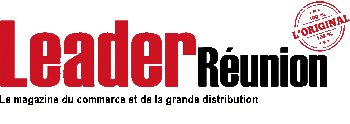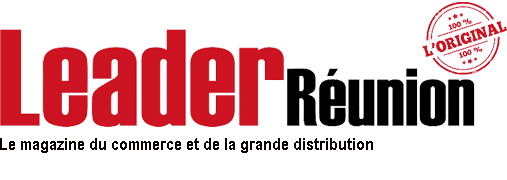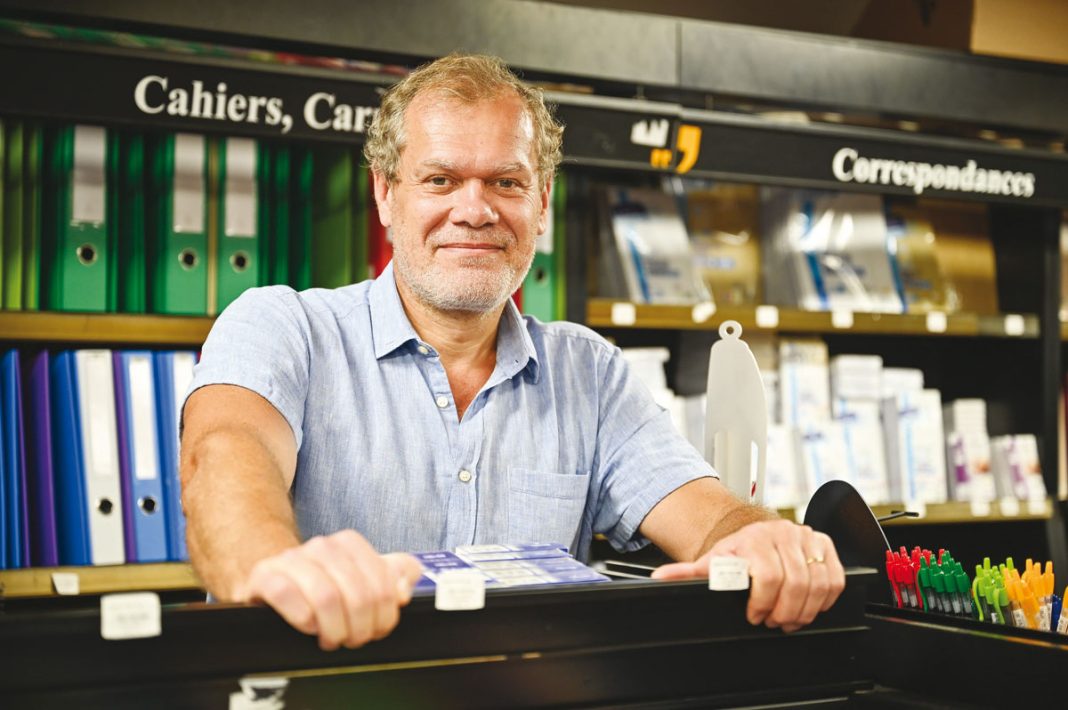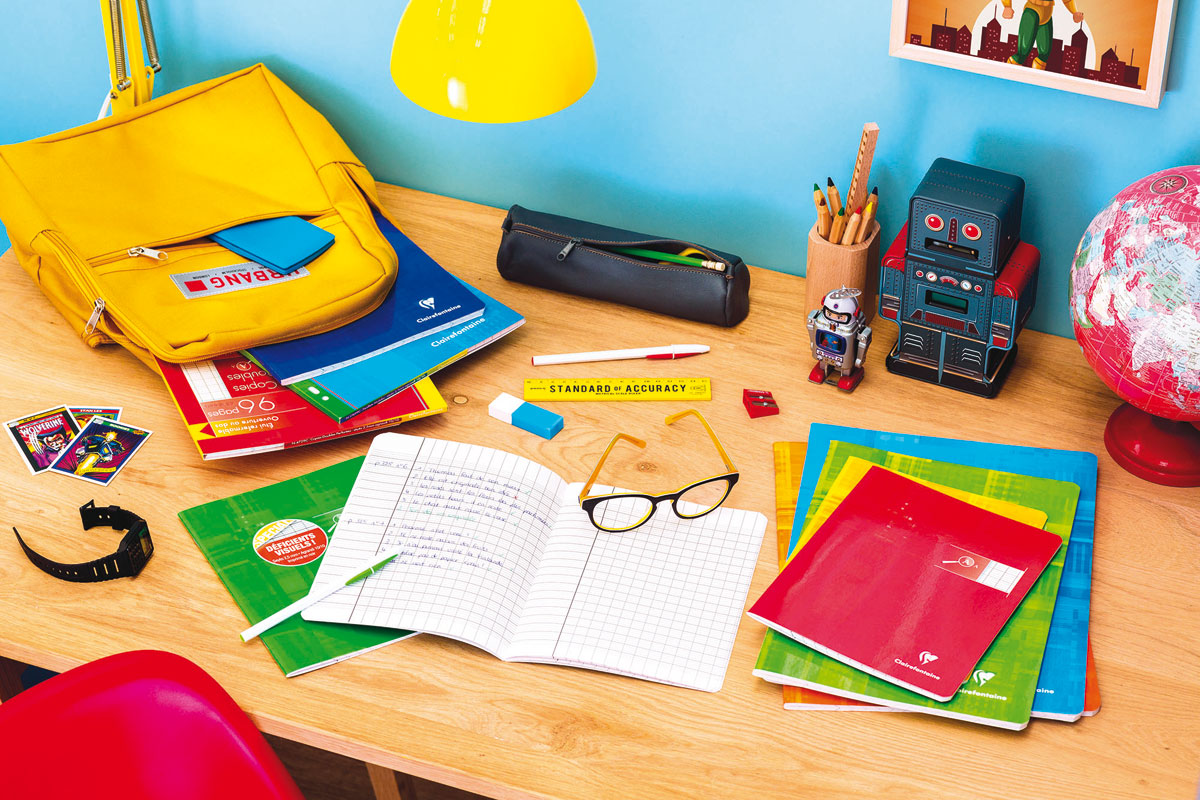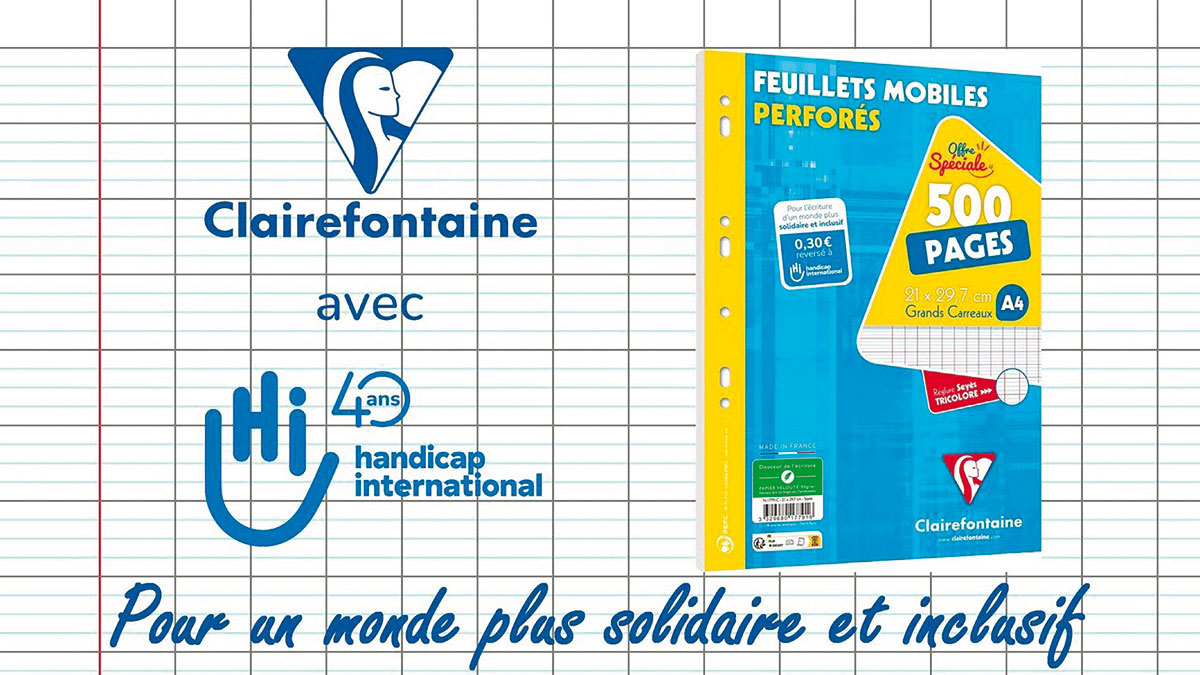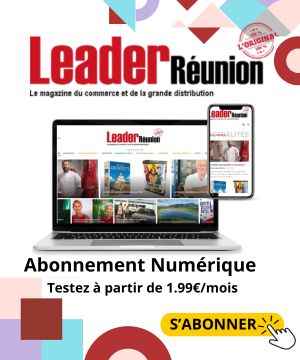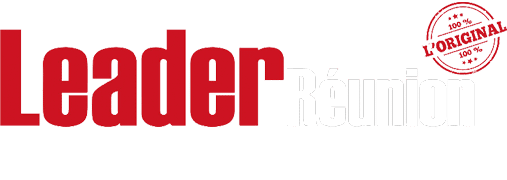Guillaume Nusse, Chairman and CEO of the Clairefontaine-Rhodia group, came at the beginning of November 2023 to meet its Reunion distributor Mollan et Fils, historic local player in stationery, which celebrated its fiftieth anniversary last year. Leader of the school sector in Reunion as well as in mainland France, the paper manufacturer, inventor of the Clairefontaine notebook, belongs to the Exacompta-Clairefontaine family group, which today has a turnover of 800 million euros and employs 3,600 people. One of the group's five departments, Clairefontaine-Rodhia, is one of the main European players in the stationery sector, the only one to have retained a sector organization combining paper manufacturing and transformation. “Make what we sell, sell what we make” : this is the rule to which Clairefontaine remains faithful even in its diversification, in recent years, in fine arts and creative hobbies. Guillaume Nusse, who has managed Clairefontaine-Rodhia since 1997, is the architect of this successful evolution, which compensates for the erosion of stationery consumption in education and businesses, consequence of digital development. An evolution that Mollan et fils supports locally. Exclusively for Leader Réunion, Guillaume Nusse and Ilyaas Mollan, director of Mollan et Fils, let us discover why and how Clairefontaine, heritage brand inscribed in the memory of several generations, remains a reference for students, professionals and the general public, in Reunion as in mainland France.
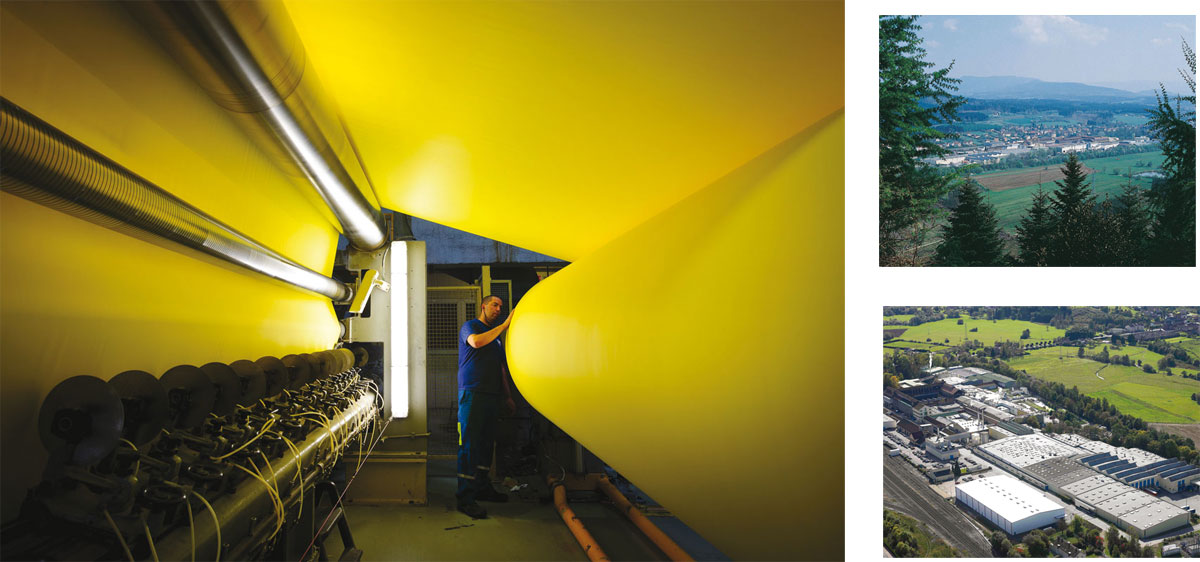
Meeting Leader : Your visit to Reunion and Madagascar, beginning of November, recalls that Clairefontaine, just like Rhodia, are world-renowned French stationery brands. In how many countries do we write on Clairefontaine notebooks and Rhodia pads? ?
Guillaume Nusse : A hundred countries. When I took charge of this part of the group, in 1997, we were mainly distributed in French-speaking countries, in the bookstores and stationers which were located opposite the French high schools. Our sales were renewed every year or every two years. By diversifying into the fine arts, creative hobbies, gift wrap, we left the purely academic domain, which has expanded our distribution to new points of sale and our customer base to non-French-speaking countries, like Australia, where creative hobbies are very popular. In these markets, we are not in the mass market like in stationery, we position ourselves on high-end creative products.
You were in Reunion in November. Was this your first trip to the island? ?
Yes. I responded to the invitation from our distributor in Reunion, the Mollan family, that I meet every year at the International Stationery Fair in Frankfurt and to which I promise to come each time. By organizing this trip to Reunion, I took the opportunity to stop off in Madagascar, which is one of our strongest export countries in volume, given its number of inhabitants. I would say that the Indian Ocean is a land blessed by the gods for Clairefontaine ! We have very good customers there : in the meeting, in Madagascar, in Mayotte, in the Comoros. Reunion is the main market in the French Overseas Territories, and our turnover per inhabitant in the French Overseas Territories is significantly higher than that of mainland France. An effect of a more dynamic demographic than in mainland France, where the population is rather in slight decline. Who says more children says more notebooks. In the French Overseas Territories, the stationery also benefits from purchases by tourist customers.
When did the distribution partnership between Clairefontaine-Rhodia and Mollan et Fils begin? ?
We have been working together for around thirty years. At that time, there were many more stationery sales outlets in Reunion. Mollan et Fils were pure importers. Gradually, the number of points of sale is decreasing, Mollan et Fils has adapted by expanding its offering to other products, like creative hobbies. With fewer points of sale, logic dictates that we expand the product offering. We followed almost the same approach.. A targeted range of products, class notebooks and other school supplies, we have extended our offer to creative hobbies, in fine arts, with gift and fancy paper, etc.

Do you have any idea how many children have learned to write, read and count with a Clairefontaine notebook ?
Without false modesty, one hundred percent ! What I mean by that, it’s that all the children of France, at one time or another, had a Clairefontaine notebook in their hands during their schooling. This is what makes Clairefontaine an extraordinary brand. My grandfather created the famous Clairefontaine notebook in 1950, after taking over the business managed by his uncle. He had previously created Exacompta – a brand which remains very well known today – alone in Paris between the two wars.. With money from accounting articles and Exacompta diaries, he was able to relaunch Clairefontaine. It was the period of reconstruction, and my grandfather had the intuition that the time had come to popularize quality writing products. You must remember that at the time teachers still wrote with chalk on a blackboard, and the students, on slates ! The only notebooks available were produced by printers and were not of very good quality, there was still no brand of notebooks. My grandfather had the idea of a notebook with a laminated cover and high-end paper., that is to say a school notebook made to last and be kept for a long time. His other innovation was to do television advertising. Clairefontaine was one of the first brands to advertise on French television. She radiated from there. My father then strongly developed sales for more than thirty years. And decades later we have this incredible evocative power attached to Clairefontaine. With my wife, Rhyzlène, in charge of creation and communication, and my cousin Gabriel, who takes care of large areas, we continue this work as best as possible. Talking about Clairefontaine systematically revives memories of school and childhood. Few brands have such affect, which are inscribed in the memory with such force. Be the manufacturer of such an item, it’s exceptional. However, this link does not guarantee lasting success. You have to get back to work every day to move forward and never rest on your laurels...
The notebook with the famous logo, that everyone knows, is it still the same or has it evolved over seventy years ?
The logo has hardly changed. This is the one my grandfather imagined in 1950. On the other hand, a change occurred about fifteen years ago, at the request of teachers. We launched notebooks with a plastic cover. Polypropylene is stronger and more durable than card. We therefore moved on to a more original product with its three materials : papier, polypro and metal binding, but a little less ecological than it was initially. Et, necessarily, a little more expensive with the change of material.
Although Clairefontaine notebooks exist in different colors, the brand gives the impression of staying away from the fashion for “spectacle” covers. Is this the case ?
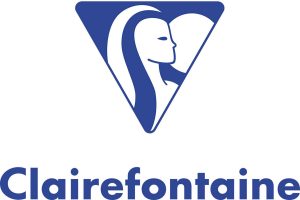
Absolutely. My grandfather and my father* kept repeating that you should never try to be fashionable, because being fashionable, it also means sooner or later becoming out of fashion. We have only produced a few notebooks of this kind under license, very marginally : barely 0,5% of our turnover. Furthermore, in France – which is not true in all countries –, Back to school is experienced as a serious time by students and their parents. Now is not the time for fantasy : a notebook with surfers or cartoon characters won’t give the impression that you’re there to work. When my grandfather started producing Clairefontaine notebooks, he started by giving some to teachers for their note-taking. His idea, it was that by seeing these notebooks the students would also want to buy them to make themselves look good. And it worked !
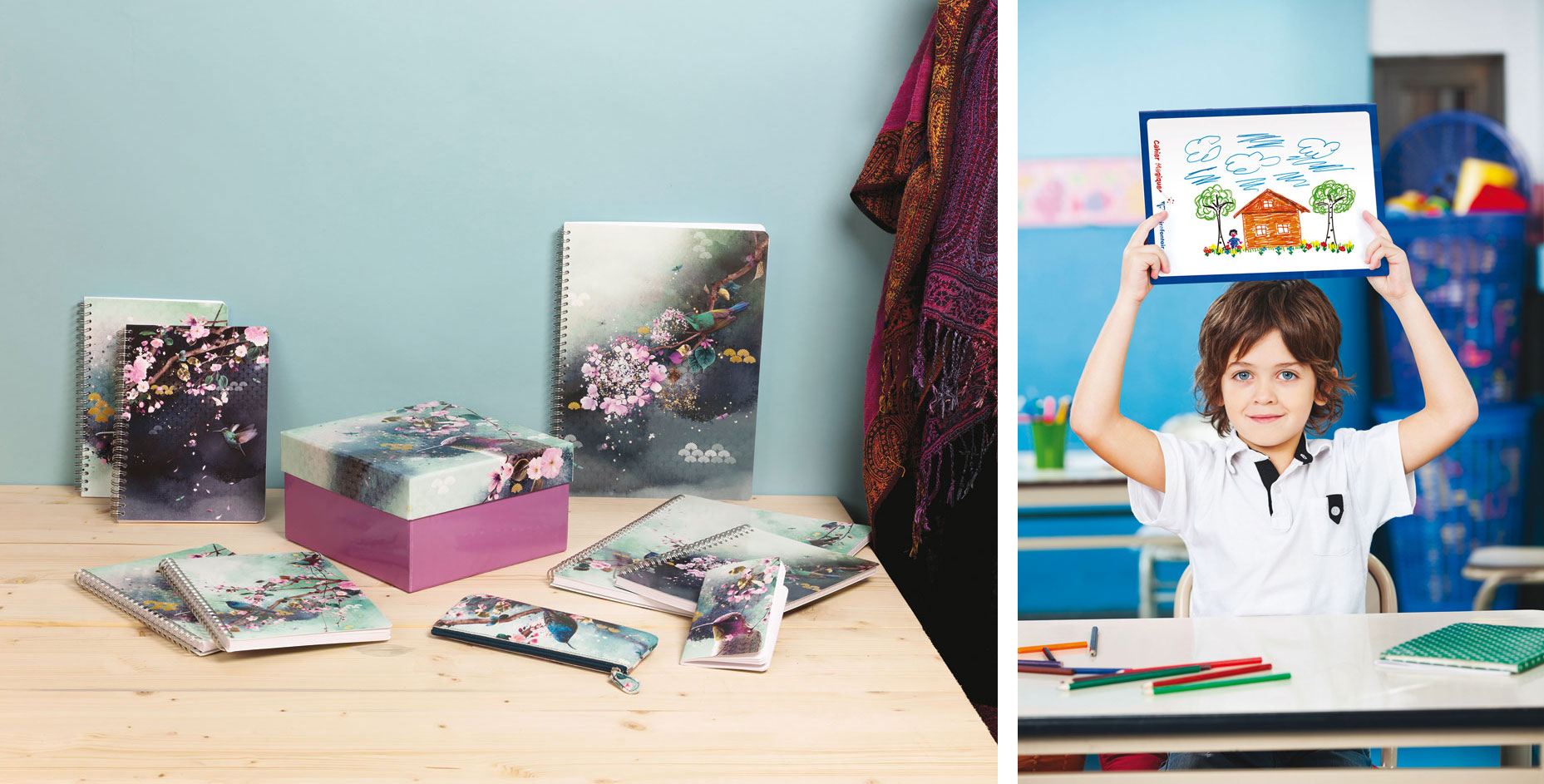
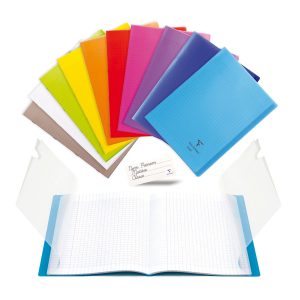
A year neither good nor bad. We have not felt a drop in consumption for basic stationery. No student or family plans to arrive at class without the supplies on school lists. The back-to-school allowance is allocated for this purpose to the poorest families.. The high amount of the ARS, around 400 euros per child, maintains a certain sales volume. Another factor that plays : the basic notebook is still on sale as the start of the school year approaches, distributors compete fiercely to attract families. Consequently, the prices of consumer stationery products were not higher in 2023 than in 2022, despite inflation. The same was not true of writing products., ranking, kit, satchel, etc. Was, there was a drop in consumption. The desire to save on these products is understandable. If the pencil case and satchel are in good condition, why change it ? But the stationery market is evolving in a more structural way, linked to digital development. The observation, This is because at university students have replaced notebooks with laptops in all social or literary subjects., in law and economics… What is not true in scientific subjects, in mathematics, physics or chemistry, where notebooks still have their usefulness. The phenomenon is also affecting a few high school students. In primary, digital has replaced class booklets and diaries, and new digital habits have been adopted in communication between teachers and students, between establishments and parents. From now on, homework and information to families are sent via the Internet.
Do you see the development of digital as a danger for the future of the group? ?
I arrived at the end of the Trente Glorieuses. The influence of digital was beginning to be felt. We have seen paper products gradually disappear, like the listings, accounting books, diaries, the envelopes, etc. But the paper has not disappeared. Contrary to what we were predicted twenty years ago, there is no such thing as a paperless office ! The fact remains that the consumption of paper products having decreased, we had to innovate. We launched the diversification towards art stationery and creative hobbies in response to this relative decline in paper. I started from the conviction that the more human beings will have to live from birth to death with a terminal in their hands, the more he will need moments to find himself. He will look for opportunities to escape : DIY, gardening, travel and… coloring. When you draw, you have this contact with paper and pencil, you are far from the cold perfection of digital, and this is what you are looking for. We have focused on arts and creative leisure activities to meet this growing need., by offering products whose consumption will continue beyond digital. This turning point in the group’s activity is a success.
Paper is a rather ecological material compared to others. How to explain the distrust that persists against him ?
This is a subject that really interests me. I realized that ecology is often based on quick assertions, simplistic, even trivial. This is clearly the case when it comes to paper. Many people still think that we “kill” a tree to make paper. ! And thinking that, they of course have in mind the image of the beautiful tree that they know near their home. This is obviously absurd.
To produce the paper, we certainly use wood, but wood from the forests of northern Europe or Canada, or tropical and equatorial species which grow back quickly – such as eucalyptus, which grows back in five years ! We also use sawmill scraps. Deforestation in the Amazon or Indonesia has nothing to do with papermaking ! In all cases, our raw material comes exclusively from sustainably managed forests. At Clairefontaine, we only produce and transform certified paper. All our items are PEFC or FSC certified, the two sustainable forest management certifications. I really care about this 100%, and I can guarantee you that these two organizations are not joking : they put pressure on us ! The group's paper production plants have ISO 14001 environmental management certification.. In France, we work with the eco-organization Citeo in charge of recycling graphic papers. We make recycled paper. We have a specialized subsidiary, Everbal, in this production. With 100 kg of raw material, we produce 96 kg of recycled paper. Paper is processed as received. We don't unink it, we don't launder it. Bleached recycled paper, given the work that needs to be done on it, no longer has anything ecological. Our recycled papers are Blue Angel certified, the reference in this field. They are mainly intended for the German market. In France, all attempts to offer notebooks made from 100% recycled paper have failed. We produce mixed media paper containing 50% recycled paper.
Clairefontaine has designed a notebook for visually impaired people. The brand is also involved in humanitarian work : she supports Handicap International. The group has even built schools in poor countries with UNICEF. What is the meaning of this commitment? ?
Clairefontaine is an iconic brand. Its awareness rate in France is 99%. Helping those who need it, in France and in developing countries, seems the least of responsibilities. We have indeed worked for several years in collaboration with UNICEF, the agency of the United Nations that deals with children, to build schools. But UNICEF has extremely long processes, heavy and complicated. We preferred to follow another path. Today, we support Handicap International, a dynamic and so necessary association. Handicap International intervenes particularly in countries damaged by war, where mutilated children or adults receive no support. This cause seemed obvious to us. Providing crutches for a child who cannot walk, crutches that, in addition, are manufactured locally, it is doing useful work. We also respond to numerous requests from associations who need notebooks and school supplies to distribute to poor children.. In Madagascar for example, where we sell our notebooks, we also give some to associations. We are donating a lot of items to Ukraine currently. In France, we are in sports support. We support many youth football teams, rugby, handball, hockey. We give them jerseys. I admit that it always does something to me to see all these young people wearing our jerseys, young people from diverse social or ethnic origins united by the same passion for sport.
The group functions as a sector that produces its own paper and transforms it. What does this configuration bring? ?
She is the fruit of history. About fifty years ago, more companies were producing paper and processing it. Today, we are the last in France and Europe to do so, and our competitors are in both activities — in papermaking alone, we are very small compared to the dinosaurs of northern Europe, from Brazil or the United States ! Our identity is based on this dual capacity. All Clairefontaine items are made with Clairefontaine paper. We therefore have complete control over the quality of our products and are able to certify their origin.. This is our signature also in creative hobbies. To diversify into gift wrapping, we acquired a factory in Denmark, and a site in England. There is a certain nobility of the profession in this approach, this desire and this ability to produce and work on one's own paper. And this autonomy gives us more efficiency in the organization of production.
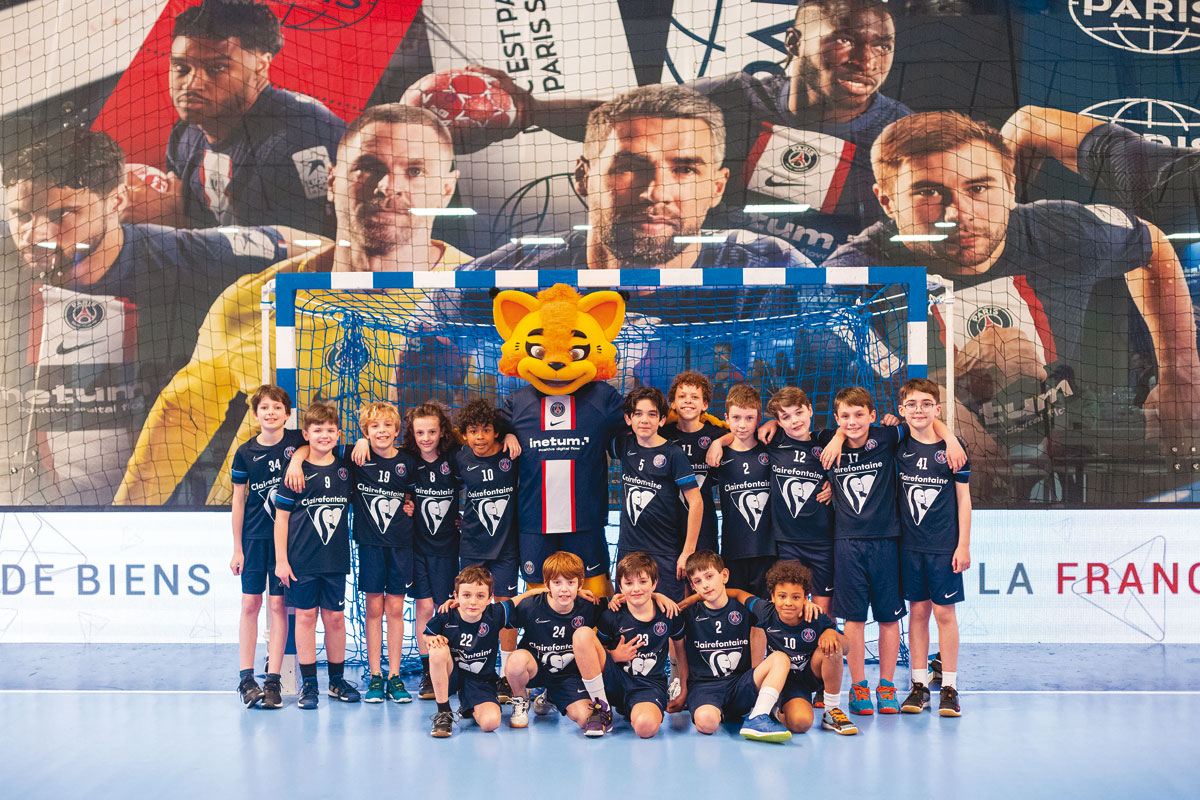
What does being part of the sixth generation of a family business like Clairefontaine inspire you?, which belongs to French cultural heritage ?
These six generations inspire me several things. First, respect for elders, starting with my father, who has accompanied me well for thirty years. I work with six of my cousins : this heritage, that we symbolize, forces us to continue this story, to prepare the seventh generation. We work in the spirit of passing the baton. Ensuite, the family business allows us to see the long term better. France has very 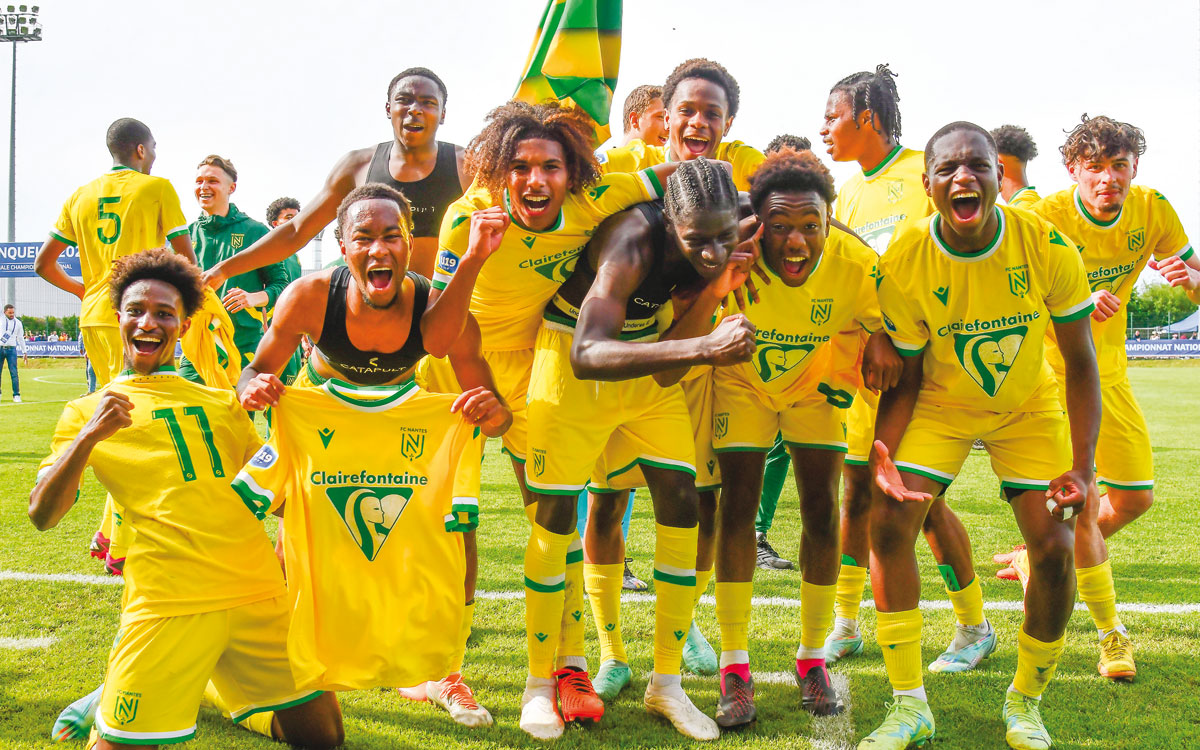
* Jean-Marie Nusse, general director of the Clairefontaine-Exacompta group.
